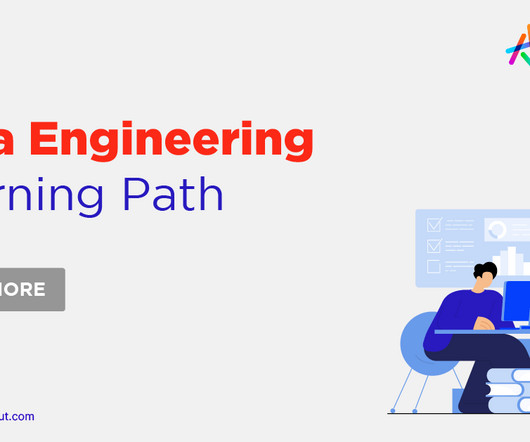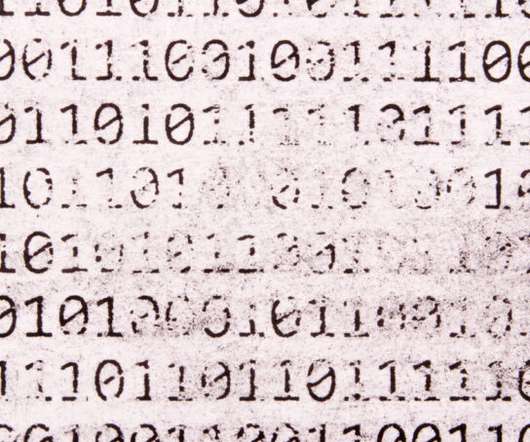Data Engineering Learning Path: A Complete Roadmap
Knowledge Hut
JUNE 23, 2023
The data engineer learning path includes having set-skills and awareness of the process and channel data and having the zest to work as a frontline technician who can retrieve data from various data sources. You should be well-versed with SQL Server, Oracle DB, MySQL, Excel, or any other data storing or processing software.














Let's personalize your content